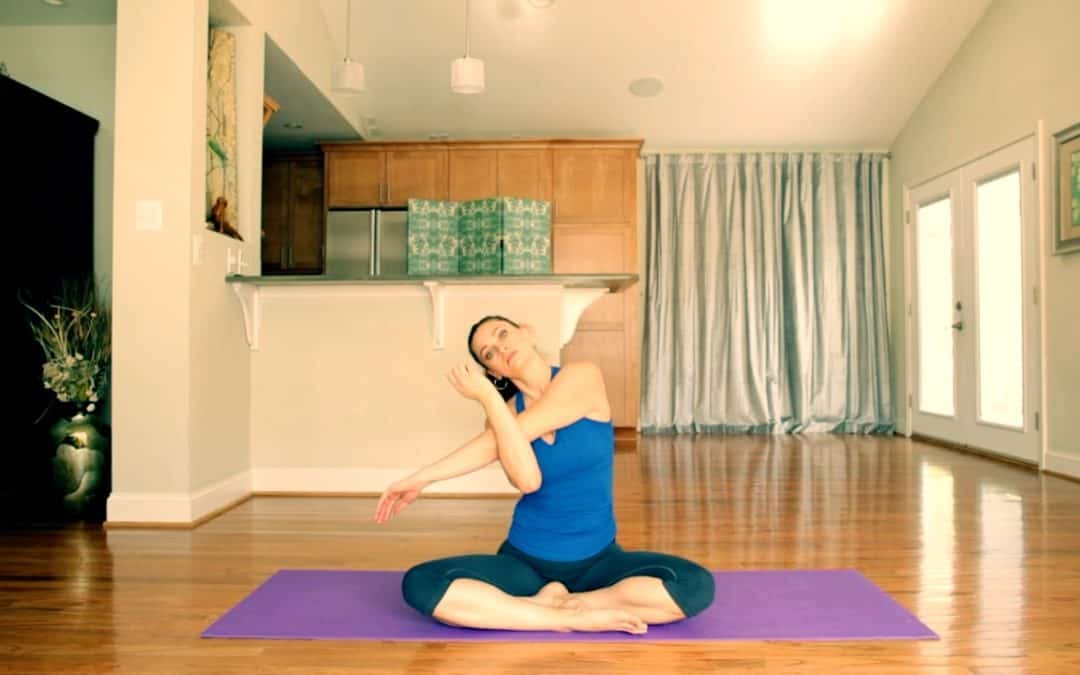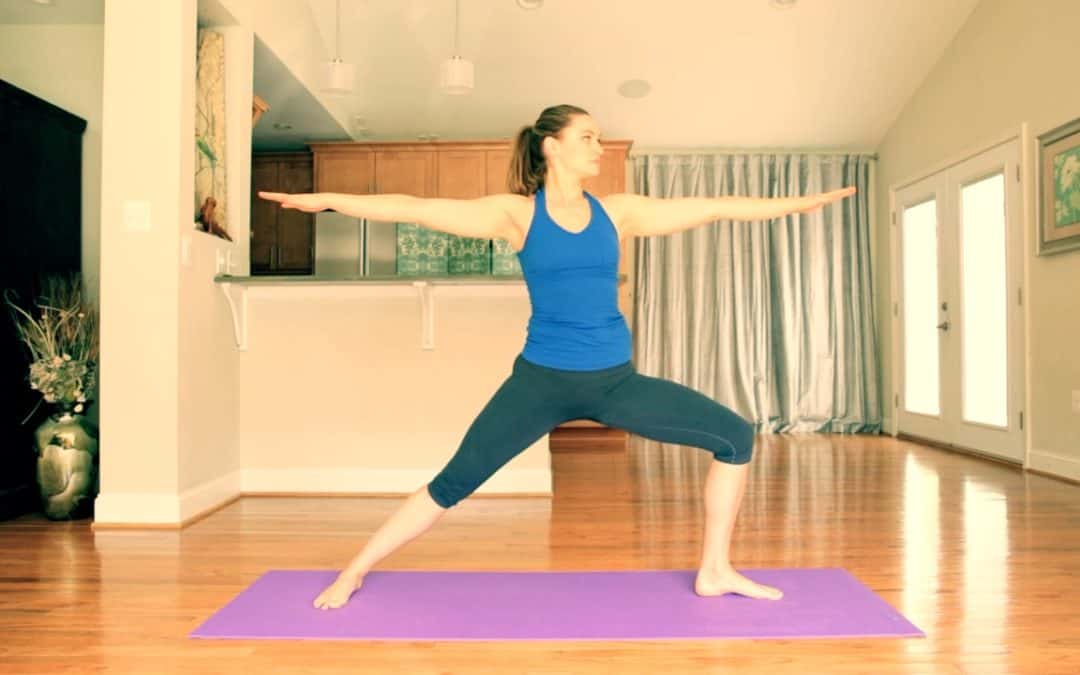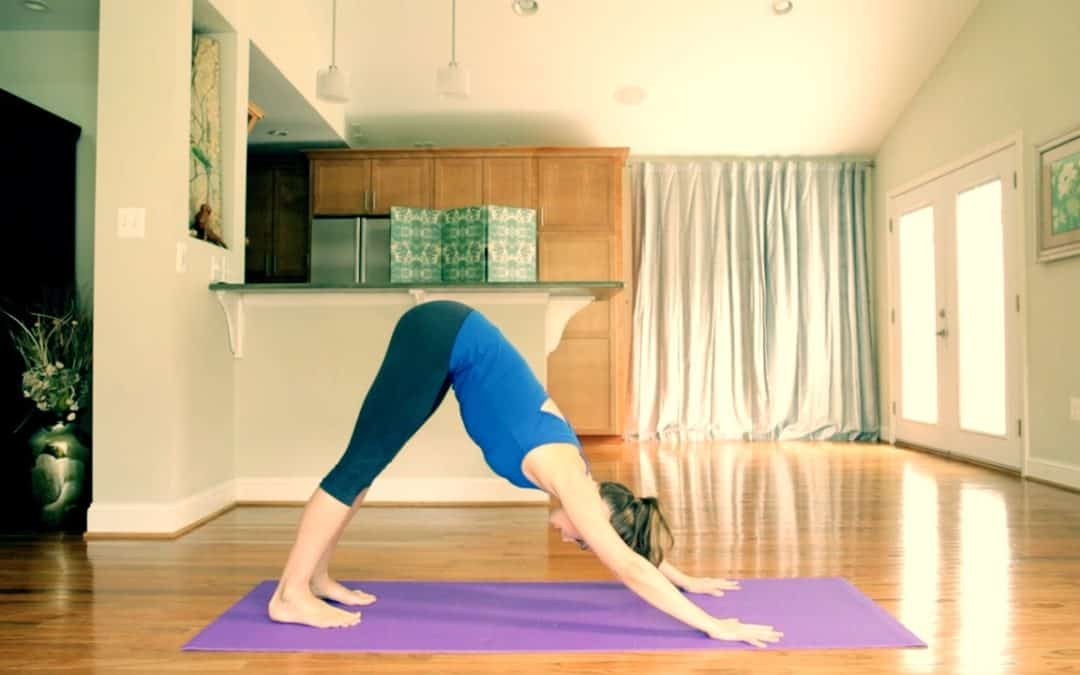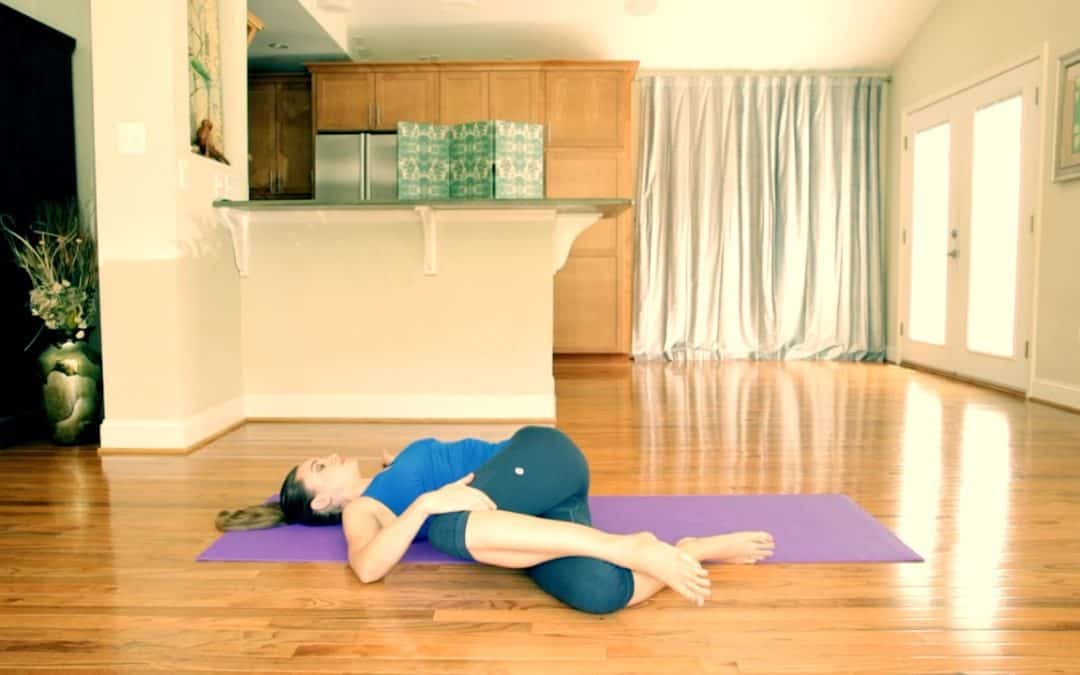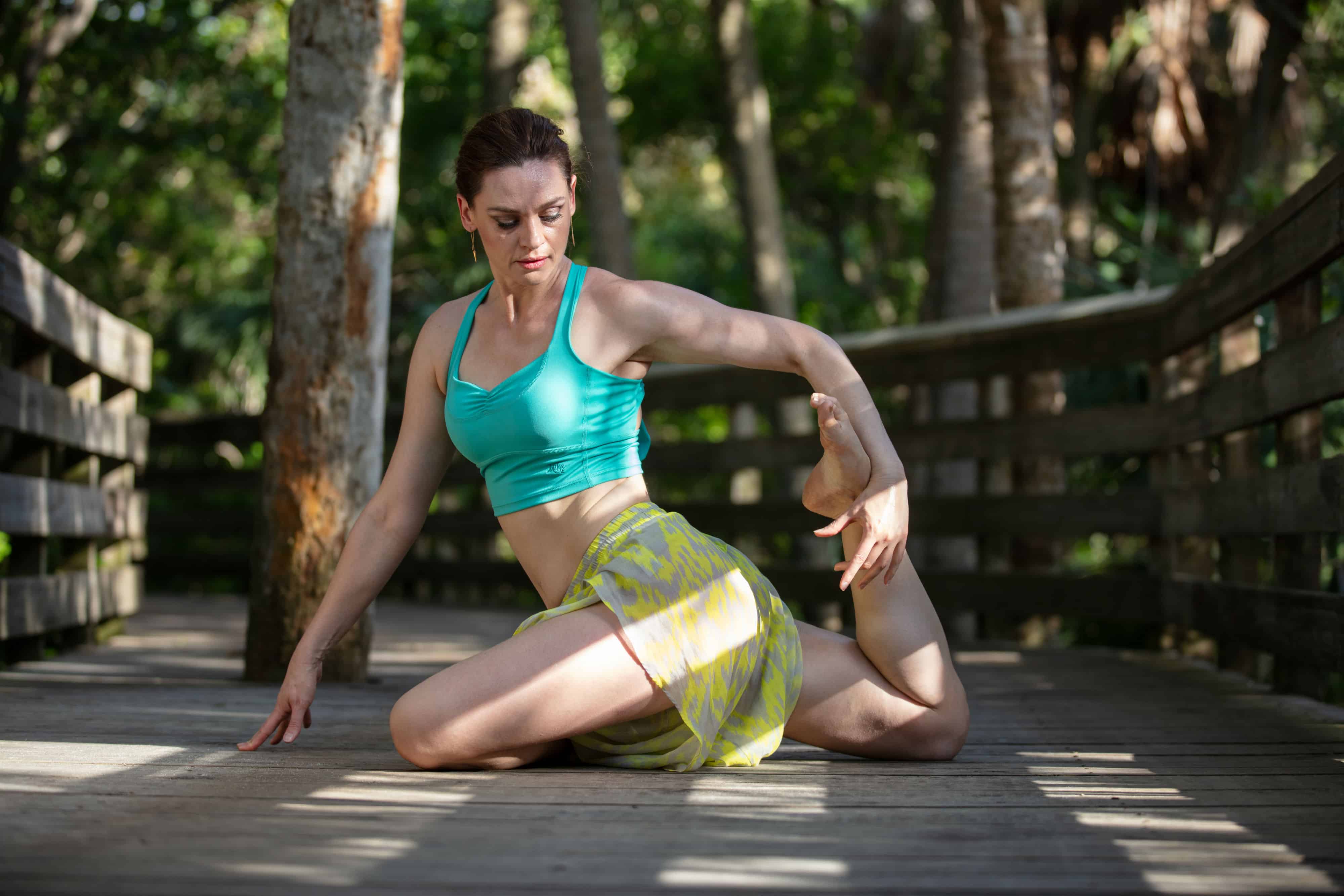
Fatigue, Sleep, and the Power of Movement: A Yoga Perspective
Lately, I’ve had more students reaching out to me asking:
“Why am I so tired?”
“Why can’t I sleep?”
“I’m doing everything ‘right,’ but I still feel drained.”
I hear you and I’ve been there, especially when my two teenage daughters think that 11pm is the perfect time to share all of the drama of their day with me.
What we often don’t realize is that our fatigue isn’t always due to doing too much. Sometimes, it’s because we’re not doing enough of the right things—like intentional, mindful movement. That’s where yoga comes in.
In my upcoming book, I outline what I call the four common-sense principles of fitness realism—guidelines that have helped me return to a place of vitality and presence when I’ve felt stuck in cycles of fatigue, anxiety, or poor sleep. These principles remind us of something simple, yet radical in our fast-paced world:
“Everything in the body is connected, including the mind. Because of this, when you affect one part of the body-mind, you affect other parts. This calls for a humble, holistic approach to well-being.”
Yoga gives us that holistic path.
When we feel sluggish or sleep-deprived, we often think the answer is more rest, more stillness. But too much rest without enough movement throughout your day—especially the kind of deep, fascia-focused movement we practice in yoga—can actually make us feel more tired and sluggish. That’s the paradox. Our modern lives already give us plenty of stillness—too much, in fact. Hours spent sitting, scrolling, commuting. And yet, we’re not resting well.
Why? Because our bodies evolved to move.When we don’t move, we don’t circulate energy. Fascia, the connective tissue that we now know links everything in the body, becomes dehydrated and tight. Tension builds. The nervous system doesn’t downshift into that sweet, parasympathetic “rest and digest” state. And sleep? It becomes shallow, fragmented, or elusive.
“Fascia offers a unique and powerful entry point for affecting the entire body-mind system.”
Through yoga, we release the fascia. We hydrate it. We create space—physically and mentally. And when we do that, we calm the body’s alarm system. We start to feel safe. And when we feel safe, the body finally gets the signal: “It’s okay to rest now.”
If you’re navigating fatigue or sleep troubles, I invite you to approach your practice not as a workout, but as a healing ritual. Gentle flows, long holds, breath-led movement, fascia release—these aren’t just techniques. They’re invitations. To remember your body’s wisdom. To reconnect with your innate power to heal.
As I always say, self-care is the original healthcare. Yoga isn’t just about getting strong or flexible—it’s about becoming whole. And that wholeness is what leads to true rest.
I hope to see you on the mat soon. Whether you’re tired, restless, or just looking for peace—there’s space here for you.

